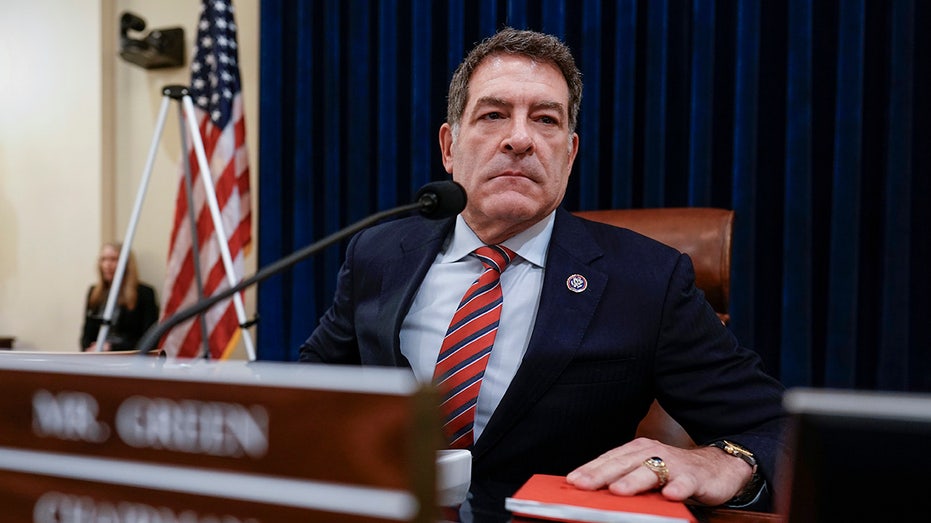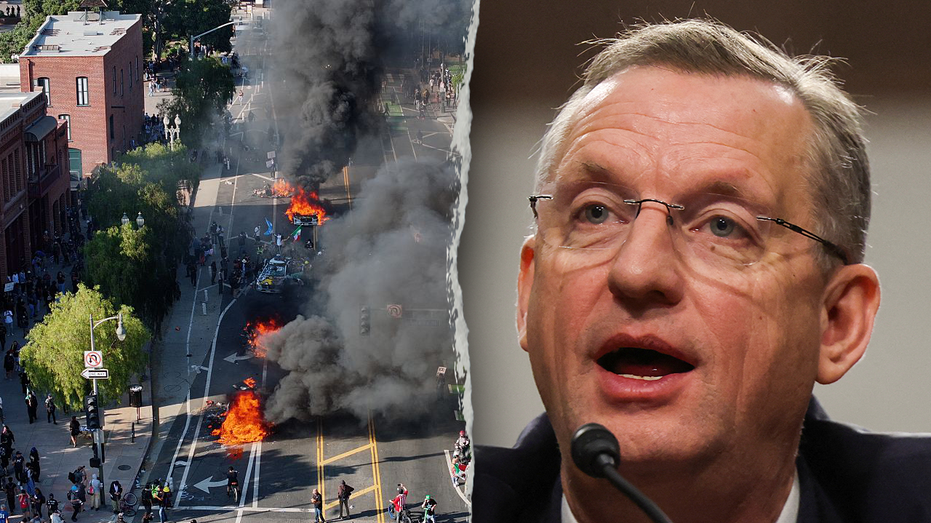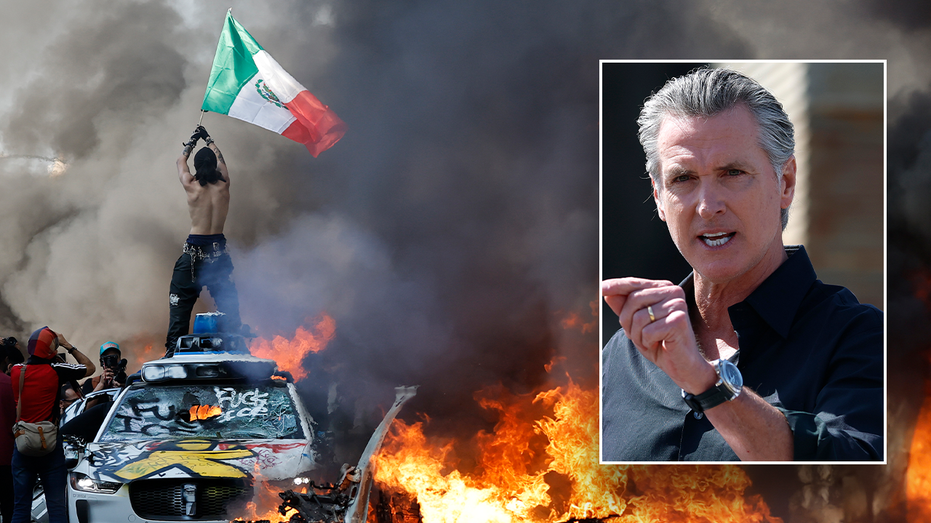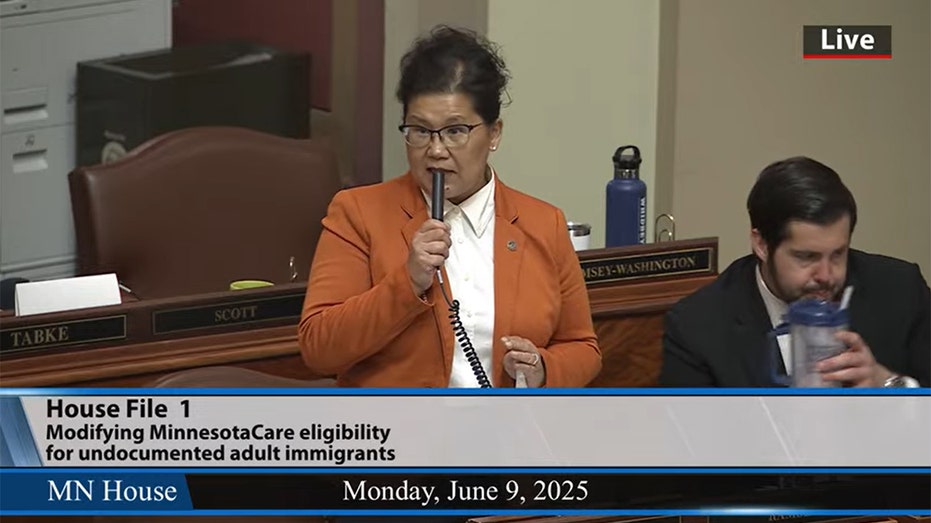Can Congress and Courts Still Check Trump's Executive Overreach? A Detailed Q&A
Expert分析特朗普频繁动用行政命令的潜在影响,指出其对美国政治格局或将带来深远变化。

Since his inauguration on January 20, 2025, President Donald Trump has signed over 150 executive orders, marking a striking and unprecedented acceleration of formal presidential directives in the modern era. This figure, recorded by the Federal Register, is especially notable when compared to his predecessor Joe Biden, who issued 162 executive orders over his entire four-year term. The scope of President Trump’s executive actions extends across numerous policy domains, including trade, tariffs, birthright citizenship, immigration, and border security—areas traditionally subject to prolonged congressional deliberation.
Political observers and legal scholars are divided over the implications of this aggressive executive strategy. Mitchel Sollenberger, a professor of political science, emphasizes that while unilateral executive action is not new to the American presidency—a practice dating back to George Washington—the sheer breadth and frequency of Trump’s directives sets a new tone for presidential governance. Previous administrations saw spikes in executive orders; Franklin Roosevelt, for example, once signed more than 300 in a single year. However, the current administration’s actions are distinguished less by their quantity and more by the content and constitutional reach of the orders themselves.
Sollenberger notes that President Trump’s approach pushes well beyond previous norms, not only issuing directives on a vast array of substantive issues but often doing so with limited congressional consultation and at times in direct defiance of established law or precedent. He points out, “Trump is using executive orders on so many fronts and doing so aggressively without either seeking congressional approval or fighting the courts as the result of lawsuits. I don't believe we have seen anything like this in the history of the presidency.”
The legal dimensions of these actions are complex. David Super, a professor of law and economics, distinguishes between those executive orders that have immediate legal effect—such as changes to tariffs or attempts to alter birthright citizenship laws—and those that serve primarily as political statements. Super warns, however, that the overall effect is a fundamental shift in American governance: “This is changing the U.S. from a constitutional system of three co-equal branches of government to a strong presidential system.” Many orders, he adds, contradict existing legislation or stretch executive authority beyond its traditional limits, increasing the potential for legal confrontation and constitutional uncertainty.
Indeed, the Trump administration has faced a surge of legal challenges, amassing over 200 domestic lawsuits in a little more than four months. According to Sollenberger, this flood of litigation stems from the administration’s willingness to “press the outer boundaries of the conventional understanding of the Constitution and law.” Unconventional uses of statutes—such as invoking the International Emergency Economic Powers Act for broad tariffs—have raised both legal and institutional alarms. Moreover, the creation of new executive bodies, such as the Department of Government Efficiency (DOGE), empowered to cut government spending and jobs without congressional approval, has been particularly contentious.
The resulting flurry of court cases reflects strained checks and balances. As Super observes, many Trump administration officials reportedly bypass legal counsel before enacting sweeping policy shifts, leading to actions “plainly illegal” in the view of several courts. The judiciary, typically reluctant to intervene in executive matters, now faces what Super calls “little choice” but to step in as basic boundaries of legality and procedure are tested.
This dynamic underscores longstanding weaknesses in America’s system of checks and balances. Sollenberger attributes partisanship and congressional polarization as key factors, noting, “Partisanship has resulted in members of Congress rallying around their president and not taking seriously their institutional responsibilities to the legislative branch or the Constitution.” He further highlights how decades of judicial deference to the presidency and structural changes in the federal courts—particularly the rise of conservative jurists with ties to the Federalist Society—have cumulatively eroded traditional legislative and judicial constraints on executive power.
The Supreme Court, which holds a 6-3 conservative majority, faces particular scrutiny. While some lower courts, and even the Supreme Court itself, are showing signs of reduced deference to the administration, the underlying question remains whether the nation’s highest judicial body will act decisively against actions that openly flout constitutional norms. Super underscores the gravity of the situation, warning that if the administration ignores definitive Supreme Court rulings, the nation could confront a true constitutional crisis—a breakdown of foundational governance principles.
The long-term implications of this moment extend far beyond the current news cycle. The American presidency, as Sollenberger notes, has been gradually accumulating power for over a century, but the Trump administration may be accelerating this transformation to unprecedented levels. “As far as Trump's lasting impact, I think it all depends on the results of these lawsuits and other actions occurring from his administration's actions.” Should the courts fail to impose effective limits—or should their rulings be ignored—the very fabric of constitutional governance could be called into question, prompting debates over whether a new constitutional framework is required to restore balance among the branches of government.
Super concludes that the reliance on informal norms, tradition, and mutual deference—the unwritten rules underpinning the U.S. system—has reached a breaking point. “President Trump has demonstrated that he does not feel bound by those norms and is even willing to defy clear commands of the constitutional text. This likely will prevent any reconstruction of any norms-based system even after he leaves office.” The future of American democracy may thus hinge on whether new formal safeguards can be developed and whether political forces, both within and outside the governing parties, are willing to come together to reestablish effective boundaries on presidential power.




